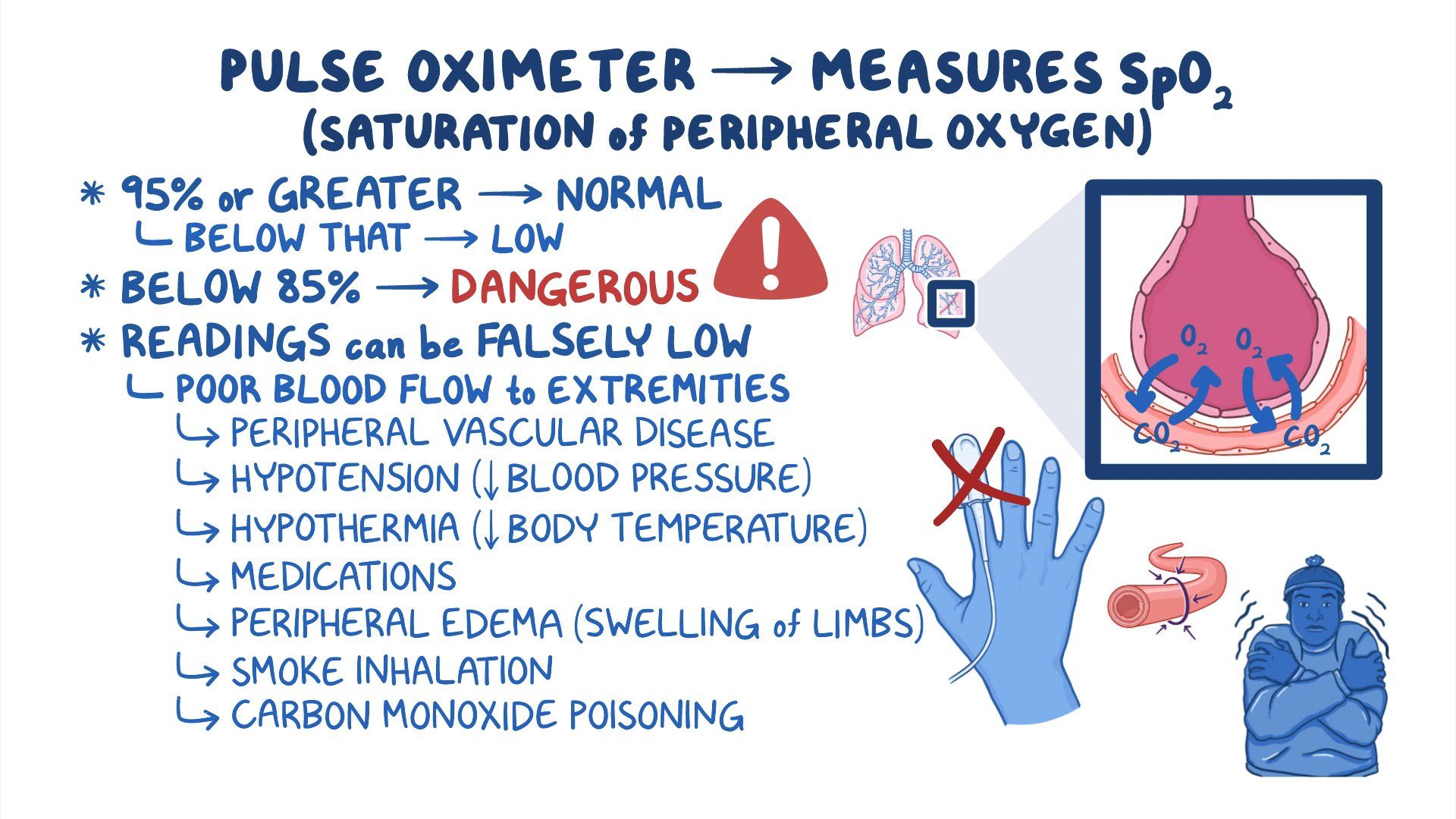An Area-Based Imaging Biomarker for the Characterization of Coronary A…
페이지 정보
작성자 Lilian Pinson 댓글 0건 조회 8회 작성일 25-09-04 06:53필드값 출력
본문
Tsaftaris, Sotirios A. and Tang, BloodVitals device Richard and Zhou, Xiangzhi and Li, Debiao and Dharmakumar, Rohan An space-primarily based imaging biomarker for the characterization of coronary artery stenosis with blood oxygen-delicate MRI. Bold MRI may be used for detecting myocardial oxygenation modifications secondary to coronary artery stenosis (1-3). Under pharmacological stress, the myocardial bed supplied by the stenotic coronary artery appears hypointense relative to healthy areas in Bold pictures. Manual windowing (to visualize signal adjustments) and segmentation in line with the American Heart Association’s (AHA) recommendation are often used to characterize the Bold effect. However, present approaches for analyzing Bold modifications are suboptimal for detecting important stenosis (reduction in perfusion reserve below 2:1). The aim of this study is to check the speculation that, ARREAS (Area-based biomaRker for chaRactErizing coronAry Stenosis), an space-based mostly statistical approach counting on the differences between rest and stress images, can characterize Bold changes in finish-systole and end-diastole with exquisite sensitivity and specificity. This speculation was tested in a canine model.


 What Does Tachypnea Feel Like? When experiencing tachypnea, your breaths will be quick and quick. You may really feel a sense of urgency in your breathing-as if you can't take a full, deep breath. Your breaths may be noticeably shallower than standard, and your chest might transfer up and down quickly. Tachypnea can occur during bodily exercise or when resting. Tachypnea may be acute and happen all of the sudden or chronic, persisting over a extra prolonged period or in recurrent episodes. Tachypnea develops as a consequence of inadequate oxygen or excess carbon dioxide within the blood. When oxygen ranges within the blood drop or carbon dioxide ranges rise, your respiration price will increase to restore stability. This increase in breathing ensures your physique's tissues and organs obtain the oxygen they want. There are various attainable causes of tachypnea, including acute and chronic situations. Respiratory infections can cause inflammation and congestion in the lungs and airways, making breathing more difficult.
What Does Tachypnea Feel Like? When experiencing tachypnea, your breaths will be quick and quick. You may really feel a sense of urgency in your breathing-as if you can't take a full, deep breath. Your breaths may be noticeably shallower than standard, and your chest might transfer up and down quickly. Tachypnea can occur during bodily exercise or when resting. Tachypnea may be acute and happen all of the sudden or chronic, persisting over a extra prolonged period or in recurrent episodes. Tachypnea develops as a consequence of inadequate oxygen or excess carbon dioxide within the blood. When oxygen ranges within the blood drop or carbon dioxide ranges rise, your respiration price will increase to restore stability. This increase in breathing ensures your physique's tissues and organs obtain the oxygen they want. There are various attainable causes of tachypnea, including acute and chronic situations. Respiratory infections can cause inflammation and congestion in the lungs and airways, making breathing more difficult.
Some respiratory infections also trigger fever, which may result in tachypnea as the physique makes an attempt to release heat and cool down. Pneumonia: This bacterial, fungal, or viral infection in one or each lungs causes fluid buildup in the air sacs. Symptoms embrace fever, chills, cough with phlegm, and speedy breathing as the body makes an attempt to get sufficient oxygen. Bronchiolitis: This viral respiratory infection causes mucus buildup in the bronchioles (small airways within the lungs) and is widespread in kids. Bronchiolitis can cause tachypnea, fever, fatigue, BloodVitals SPO2 wheezing, shortness of breath, cough, BloodVitals review and bluish-tinted lips and pores and skin (cyanosis). Influenza: The flu can cause tachypnea, particularly in children. Rapid respiration could also be a sign the illness is worsening and that medical consideration is needed. Other signs of the flu embrace fever, body aches, and fatigue. Acute and chronic circumstances that reduce lung perform can cause tachypnea. Asthma: This chronic lung disease causes inflammation and narrowing of the airways, making breathing tough. Tachypnea is a standard symptom of asthma assaults and might happen alongside symptoms like wheezing, coughing, and BloodVitals device chest tightness.




